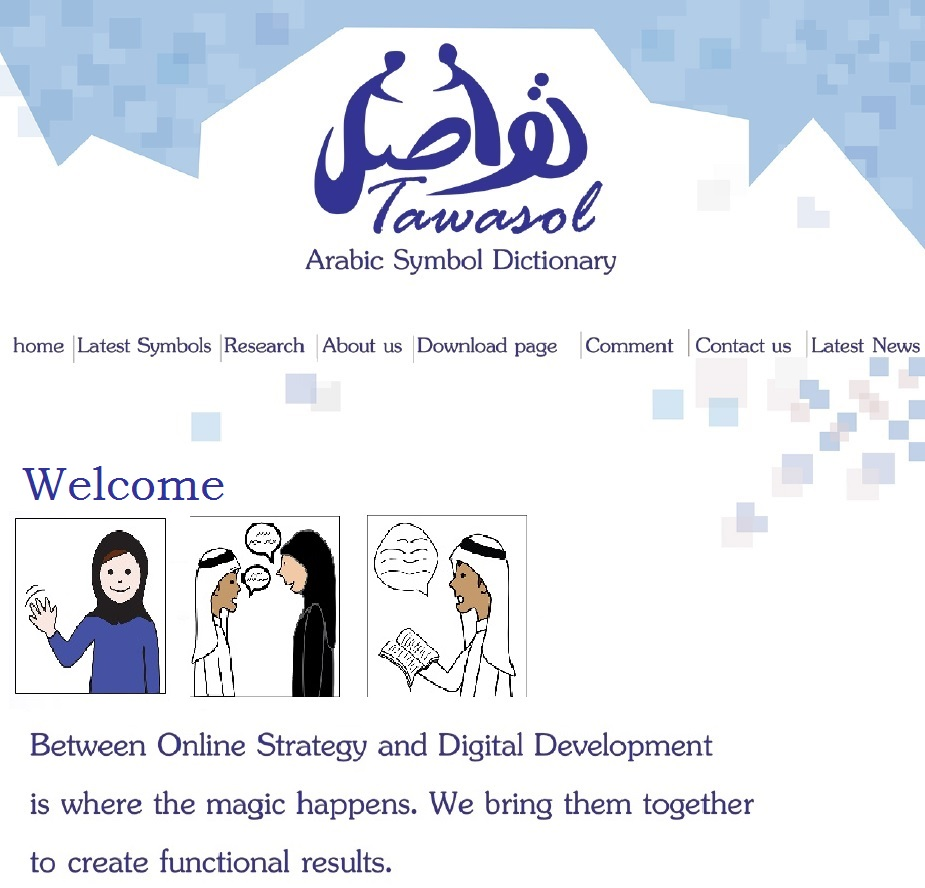AAC symbols need to be bespoke, personalised and relevant to the time of communication as well as the setting and task being undertaken. However, this is not always possible in the time available with on the spot conversations. Where there is time to adapt symbols the process often has to be carried out in special programs. To over come the need to search out these special programs or apps Tom Lam has developed a very simple online application that allows those looking for symbols on our web site or from any other site to add elements to the original symbol. Changing the usage of a symbol to fit the needs of a particular language (Lundalv et al, 2006) is also important and may require arrows going in different ways such as from left to right to denote past in Arabic but future in English.
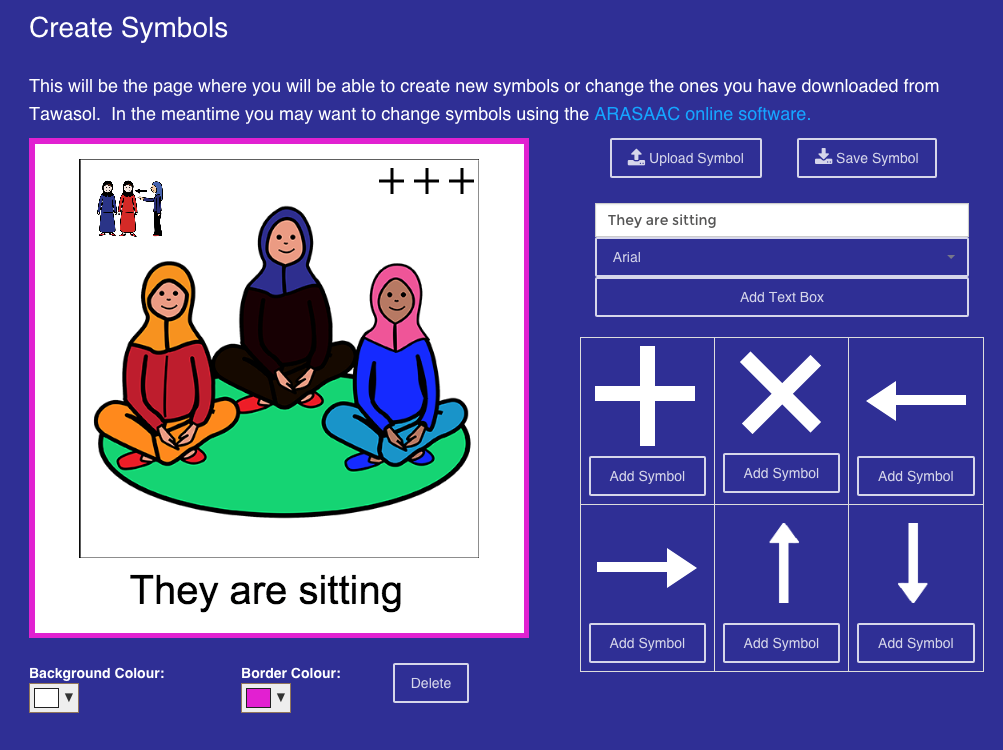
Symbol Creator with a symbol for sitting used to make the phrase ‘They are sitting’
We provided examples of how this could be done in a previous blog and now you can experiment and develop your own symbols using the ‘Symbol Creator’ on the Tawasol symbols website. It is possible to add borders, background colours, text labels, arrows , plus or minus symbols that can provide plurals or signs for more or less. Other symbols can be added on top of the first symbol in miniature to offer gender differences etc but as this is on the web it is not possible to change the order that you add things so the first item will go to the back and so on. But you can delete any of the symbols when you highlight them and re-upload to get the order right! We are looking into how we can make this process easier.
Resizing is possible but the canvas has been set to 500×500 pixels to fit with the original size of all the Tawasol symbols. However, you can save the results in several formats and carry out any other adaptations in other graphical packages. Because the Symbol Creator is online it is important to save the final version as a download as soon as possible! This process will wipe what has been done but you can always upload the image again.
Please do try the Symbol Creator and if you could fill in the quick survey to give us some guidance for making future improvements that would be wonderful.
Although the tool will not offer all that can be achieved with a sophisticated commercial program, it will provide an instant method of adapting symbols. There are other online options such as those offered by ARASAAC for symbol creation and phrase making.
Of course, this is only the beginning of a process as Amy Speech and Language Inc demonstrate in their examples of communication boards or stories for symbol users and Lessonpix has a sharing page that provides more resources.
The exciting bit is when one can generate text to symbol sentences that make sense or symbol to text sentences that allow both the symbol user and their friends and family communicate more easily across the airwaves! Have fun with the Text2Picto beta online text to symbol processor. (Sevens et al 2015) to learn more about the issues of sentence generation.
References
Lundälv M, Mühlenbock K, Farre B, Brännström A. SYMBERED – a Symbol-Concept Editing Tool. LREC – Language Resources and Evaluation Conference, Genua, 2006, 1476- 81.
Leen Sevens, Vincent Vandeghinste, Ineke Schuurman and Frank Van Eynde (2015). Natural Language Generation from Pictographs. In: Proceedings of 15th European Workshop on Natural Language Generation (ENLG 2015). Brighton, UK. [Paper] – See more at: http://picto.ccl.kuleuven.be/publications.html#sthash.lGejRT6q.dpuf


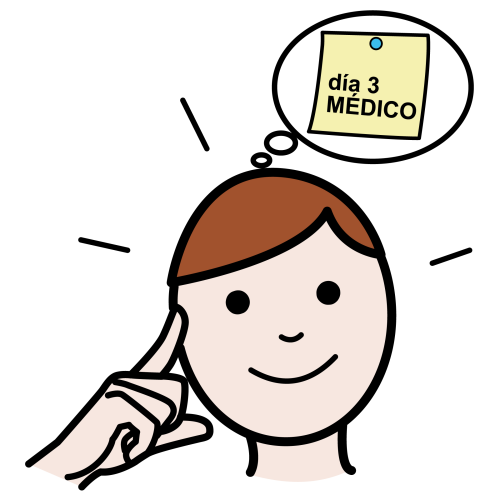 Thanks to a note from
Thanks to a note from 

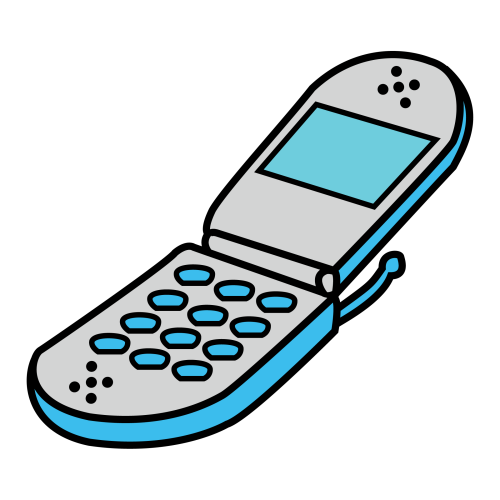

 Did I say multilingual symbol dictionary? Watch this space, we are developing, thanks to a
Did I say multilingual symbol dictionary? Watch this space, we are developing, thanks to a 
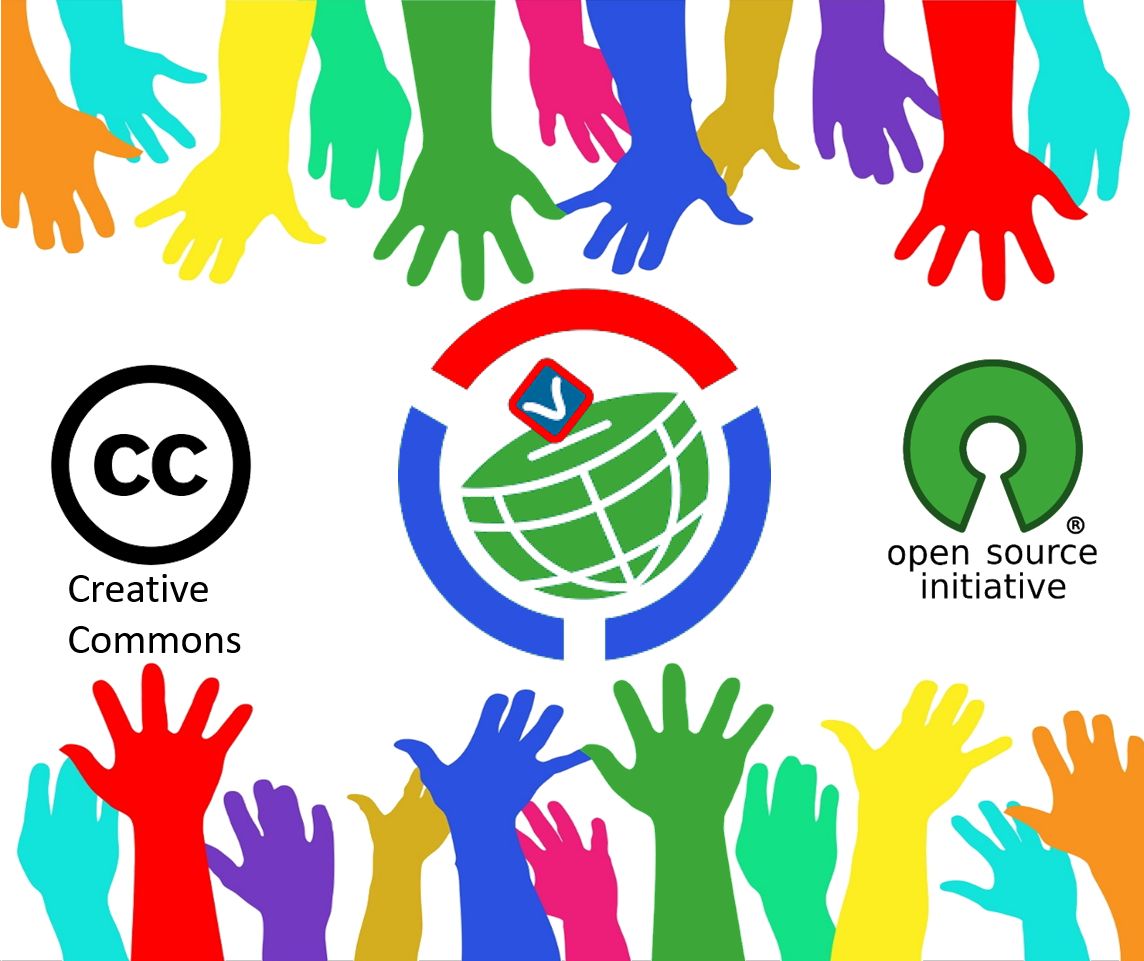 Working with
Working with 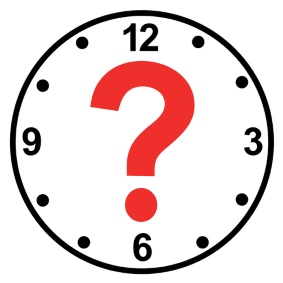
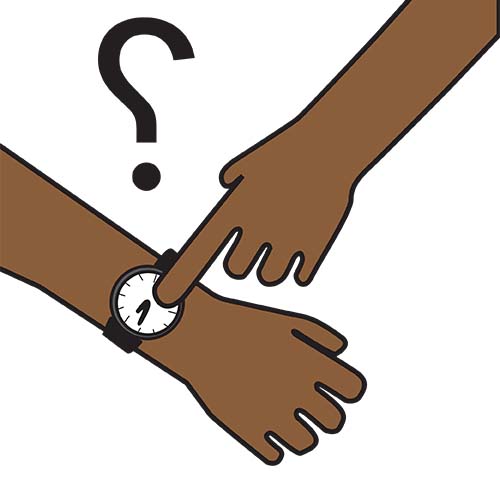
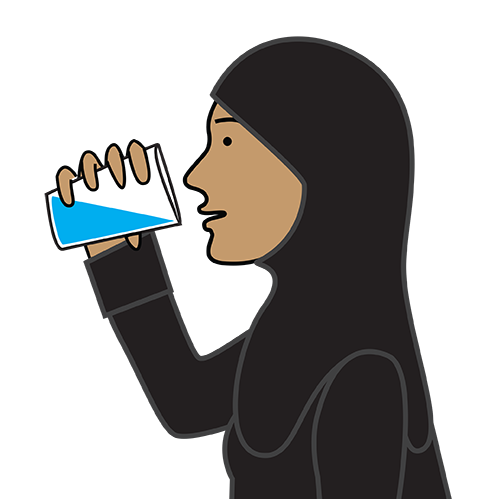
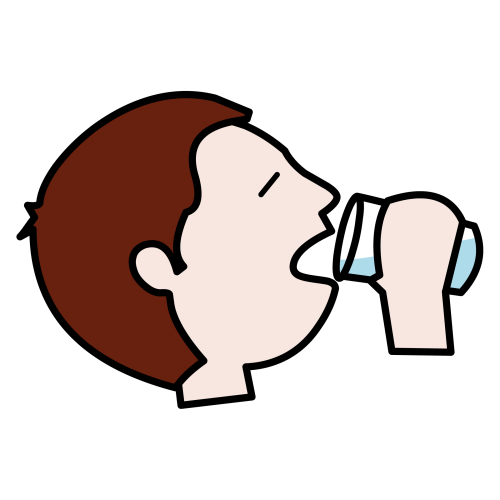



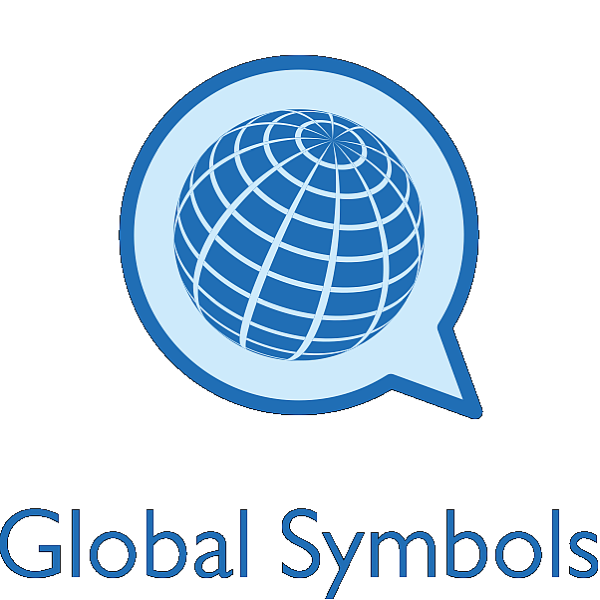 As we start the new year and wish you all the best for 2018, the team behind the research and development of the Arabic Symbol Dictionary have updated their website and renamed it
As we start the new year and wish you all the best for 2018, the team behind the research and development of the Arabic Symbol Dictionary have updated their website and renamed it  Watch this space as we start to work with colleagues in Pakistan thanks to a travel grant from the
Watch this space as we start to work with colleagues in Pakistan thanks to a travel grant from the  If you have been using our Arabic symbols page you will have noticed that we have made every phoneme for our lexical entries available as a sound file, so that you can hear how it is pronounced. You can see the audio links at the bottom of the symbol for ‘respond’ in the picture beside this text. This can help those who have literacy skills difficulties as well as those wish to learn Arabic.
If you have been using our Arabic symbols page you will have noticed that we have made every phoneme for our lexical entries available as a sound file, so that you can hear how it is pronounced. You can see the audio links at the bottom of the symbol for ‘respond’ in the picture beside this text. This can help those who have literacy skills difficulties as well as those wish to learn Arabic. The
The 

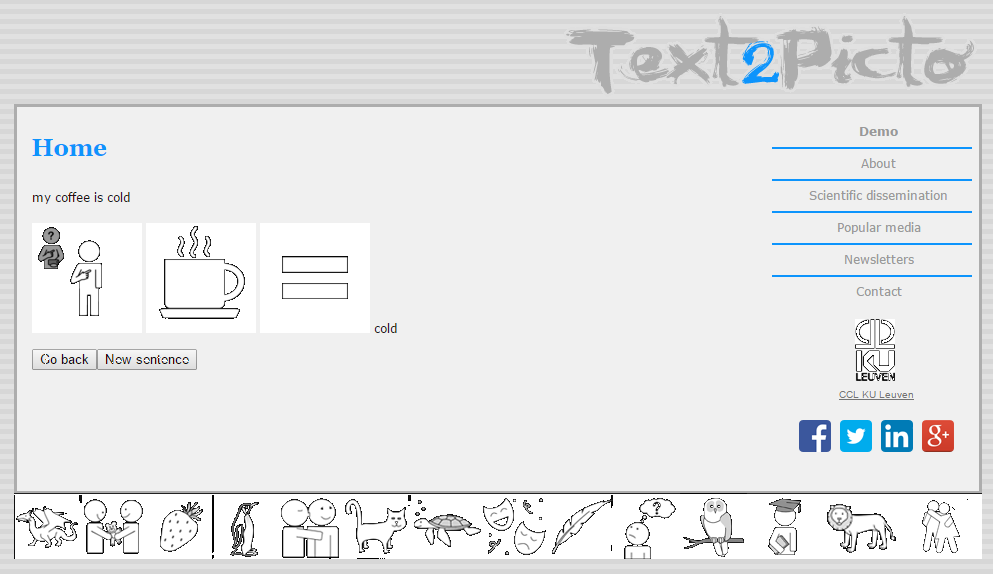
 United Kingdom
United Kingdom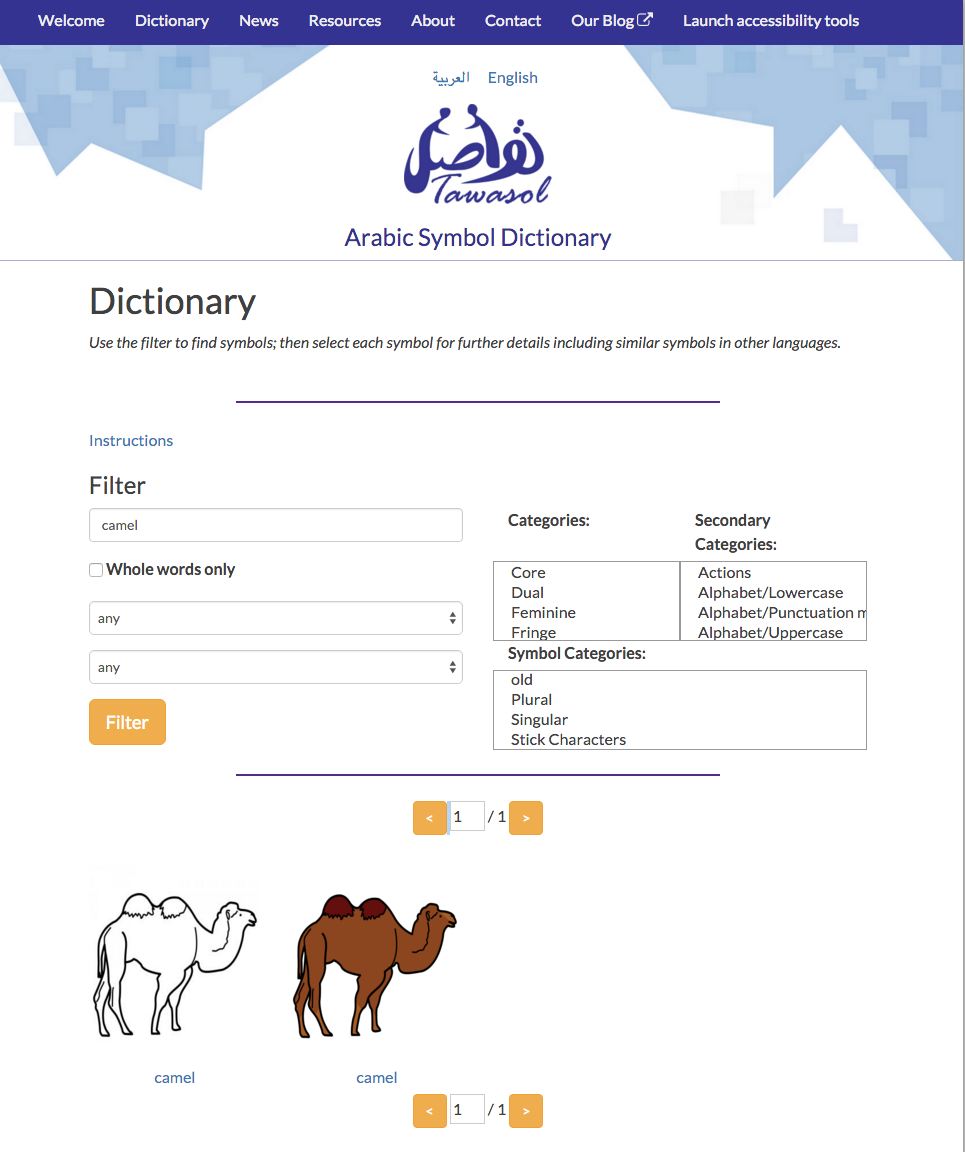


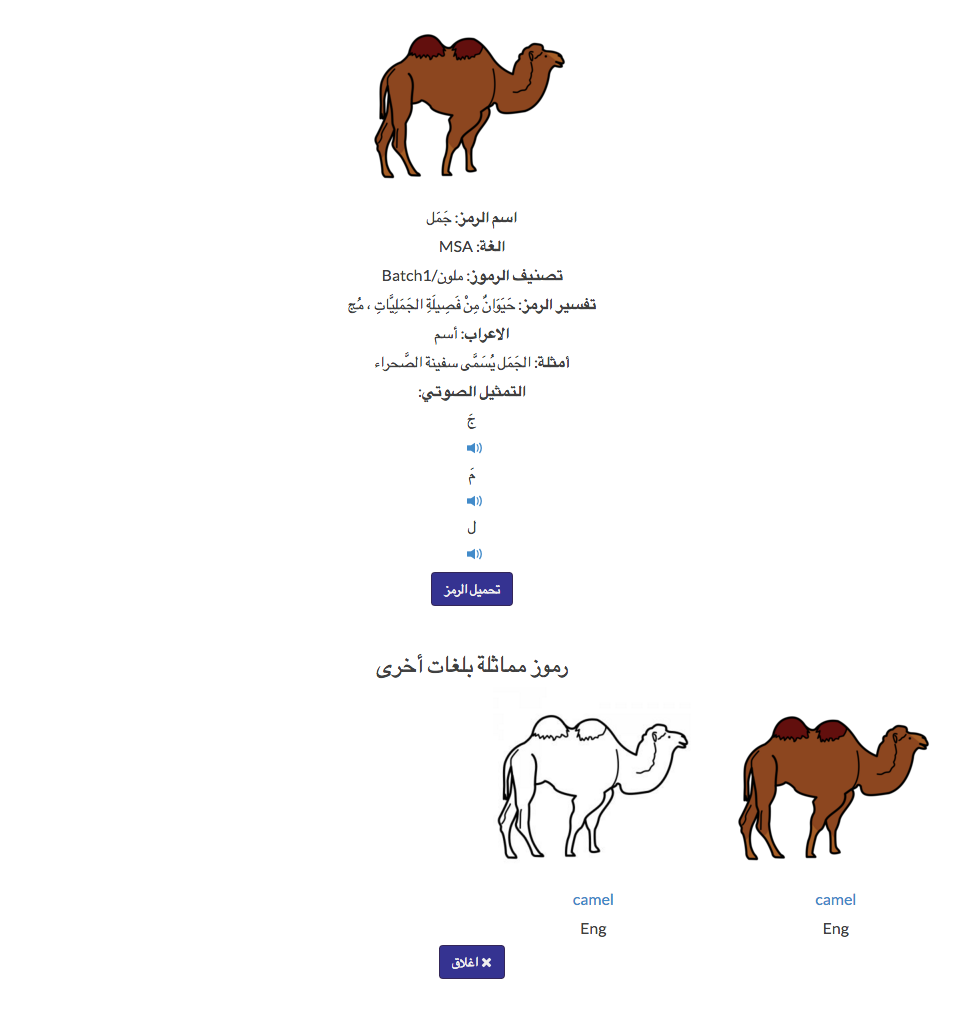
 20 have been accepted by participants voting via the symbol management system. These will be made available on the globalsymbols.com website when it is launched.
20 have been accepted by participants voting via the symbol management system. These will be made available on the globalsymbols.com website when it is launched.